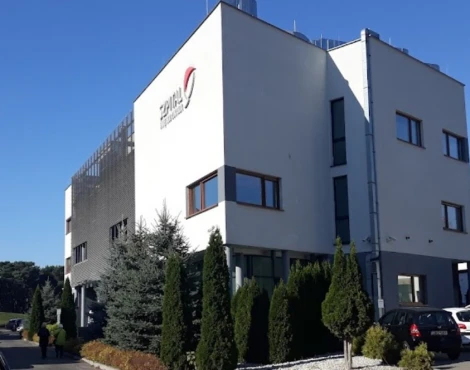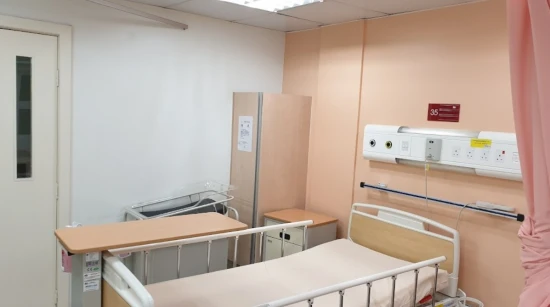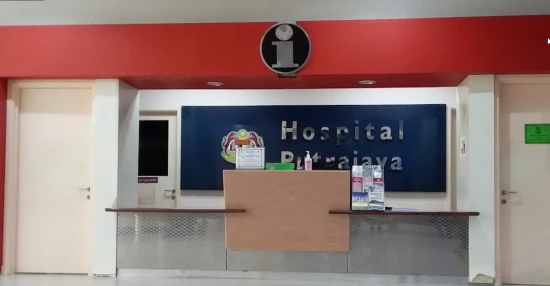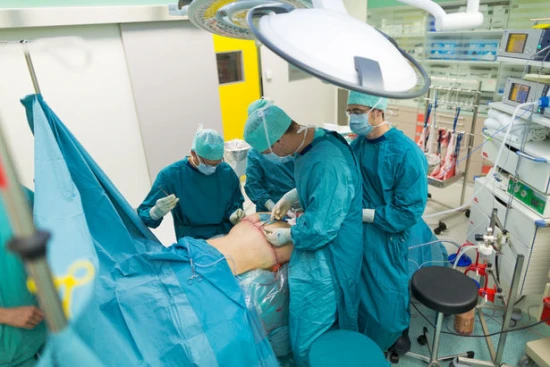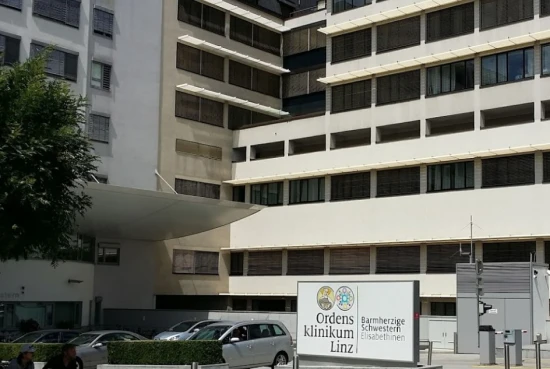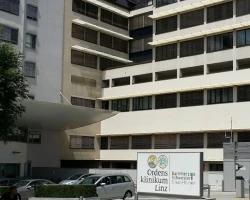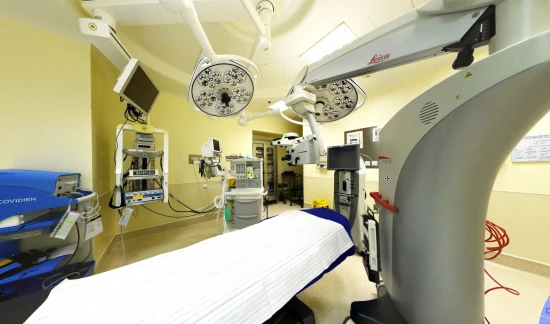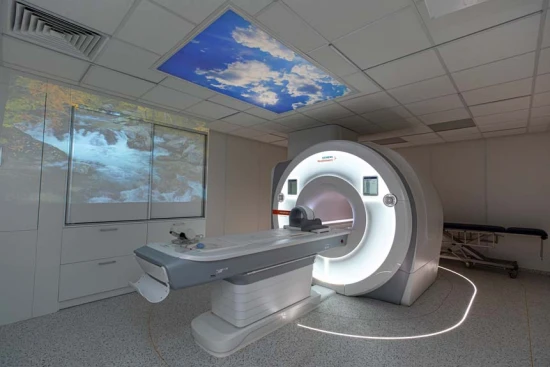What is laminectomy?
Laminectomy is a surgical procedure that aims to relieve pressure on the spinal cord or nerve roots by removing a portion of the vertebral bone known as the lamina. The lamina is part of the vertebral arch that covers the back of the spinal canal, protecting the spinal cord. By removing all or part of the lamina, the surgeon creates more space within the spinal canal, which helps alleviate compression. This procedure is commonly used to treat conditions such as spinal stenosis, herniated discs, and spinal tumors, where nerve compression leads to pain and reduced mobility.
Types of laminectomy: cervical and lumbar
Laminectomy can be performed at different levels of the spine, most often in the cervical (neck) and lumbar (lower back) regions. Cervical laminectomy targets the neck vertebrae to relieve pressure on the spinal cord and nerve roots affecting the upper body, while lumbar laminectomy focuses on the lower back, addressing nerve compression that affects the lower body and legs.
When is laminectomy performed? Indication for the procedure
Laminectomy is primarily performed in cases of spinal stenosis, where the narrowing of the spinal canal compresses the spinal cord or nerve roots, leading to pain, numbness, or weakness in the limbs. Common indications for laminectomy include:
- Spinal stenosis which is narrowing of the spinal canal caused by degenerative changes, arthritis, or trauma.
- Herniated discs that bulge into the spinal canal and press on the nerves.
- Spinal tumors that compress the spinal cord or nerve roots.
- Bone spurs are overgrowth of bone due to osteoarthritis, narrowing the spinal canal.
Patients who have not responded to conservative treatments like physical therapy, medications, or injections, and who experience worsening symptoms, are usually considered candidates for laminectomy.
Who can benefit from laminectomy?
Laminectomy can be highly effective in patients experiencing persistent pain, weakness, or numbness in their limbs due to nerve compression. Those with lumbar spinal stenosis, in particular, may find relief from the debilitating leg pain that can restrict their mobility and daily functioning. Elderly individuals, who tend to be more susceptible to degenerative spine disorders, are often the primary candidates of this surgical treatment.
How is laminectomy performed in patients with spinal stenosis?
The laminectomy procedure typically includes five steps.
First, the patient is administered general or spinal anesthesia. Next, the surgeon makes a small incision over the affected area of the spine. They then carefully remove part or all of the lamina, which is the bony structure that covers the back of the spinal canal, in order to create more space within the canal. Any other compressive elements, such as bone spurs or herniated disc fragments, are also removed during this decompression phase. Finally, the incision is closed, and the patient is closely monitored during the recovery process.
When spinal instability is a concern, surgeons may perform spinal fusion alongside the laminectomy. Spinal fusion involves joining adjacent vertebrae using bone grafts or specialized hardware to provide additional stability to the spine [NIH, 2023].
What are the risks of laminectomy?
Like any surgical procedure, laminectomy does carry some risks, but it is generally considered a safe operation. Some of the common risks associated with this procedure include the potential for infection at the surgical site, although this only occurs in a small percentage of patients. There may also be some minimal blood loss during the surgery. Additionally, there is a risk of damage to nearby nerves, which could lead to complications such as weakness, numbness, or paralysis.
Another potential risk is the possibility of spinal instability after the removal of a portion of the lamina. This could potentially require further surgical intervention to address the instability. Finally, in some cases, the patient's symptoms may recur due to the formation of scar tissue or continued degeneration of the spine. Overall, while laminectomy does carry these risks, the procedure is generally considered safe, and most patients experience significant improvements in their symptoms and quality of life following the surgery.
What’s next? Novel options in laminectomy
Recent advancements in laminectomy include minimally invasive approaches, which utilize smaller incisions and cause less muscle trauma. Compared to traditional open surgery, minimally invasive laminectomy has demonstrated benefits such as shorter recovery times, reduced pain, and lower complication rates. Additionally, the emergence of endoscopic laminectomy allows surgeons to visualize the spinal canal and perform the procedure through even smaller incisions.
Post-treatment outcomes, success, and satisfaction rated
The success rate of laminectomy is generally high – around 90%, – especially in patients with lumbar spinal stenosis, where 70-90% report significant pain relief and improved mobility post-surgery. Pain and weakness resolve early, whereas altered or abnormal sensations may take up to two years [Sajadi et al., 2022].
The patient satisfaction rate is also quite high, exceeding 75%. However, there is a relatively modest reoperation rate of 18% within five years for some patients.
However, the outcome may vary depending on the underlying condition, age, and overall health of the patient. Most patients are able to resume daily activities within weeks to months after surgery, although some may require physical therapy to regain strength and mobility.
Comparing to other procedures, laminectomy is usually preferred for spinal stenosis or widespread compression, while discectomy (removal of herniated disc material) and foraminotomy (widening the openings where nerves exit the spine) are more appropriate for isolated herniated discs.
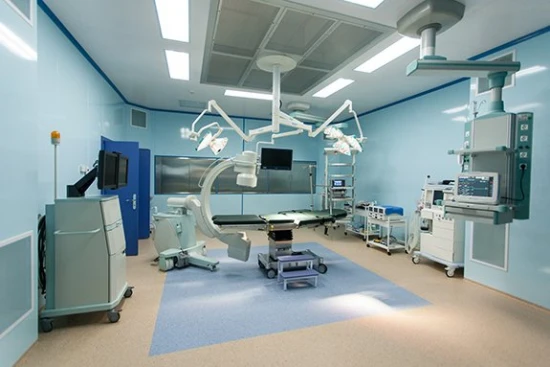

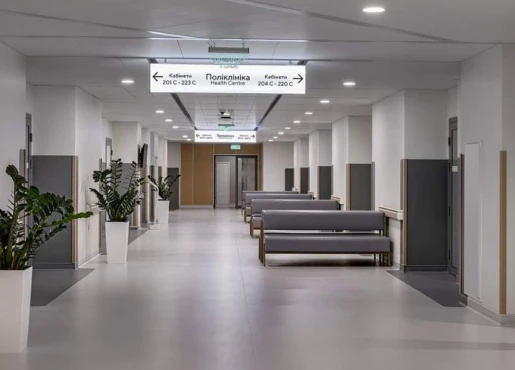


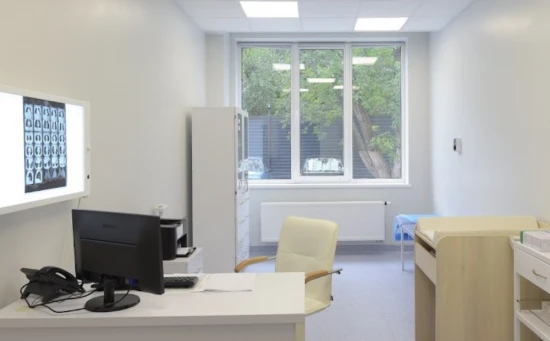
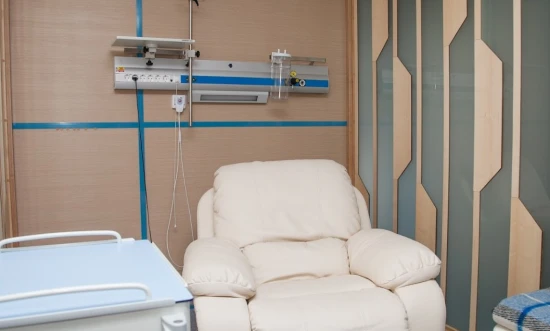






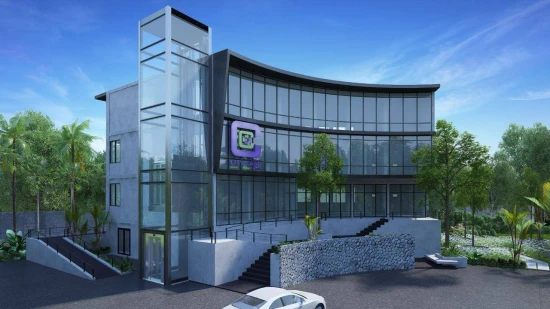















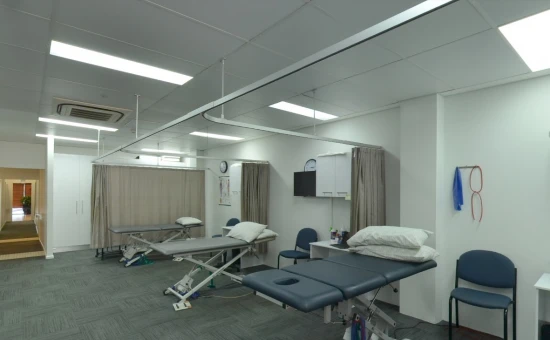
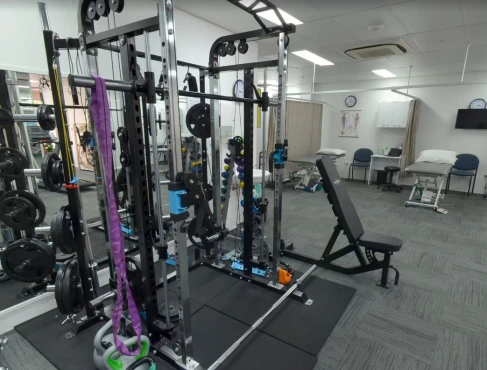

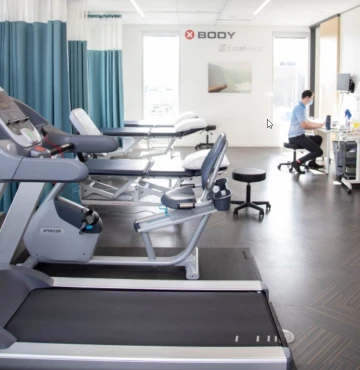




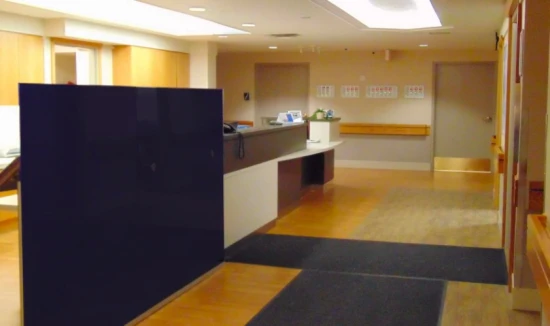

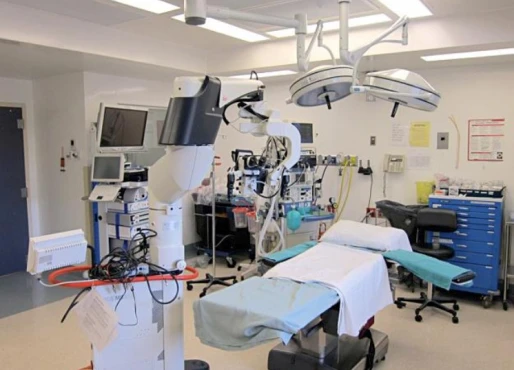







-medium.webp)
-medium.webp)
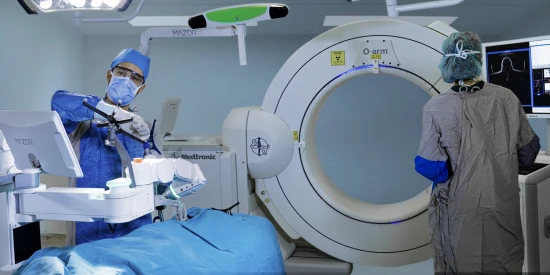
-medium.webp)
-small.webp)

